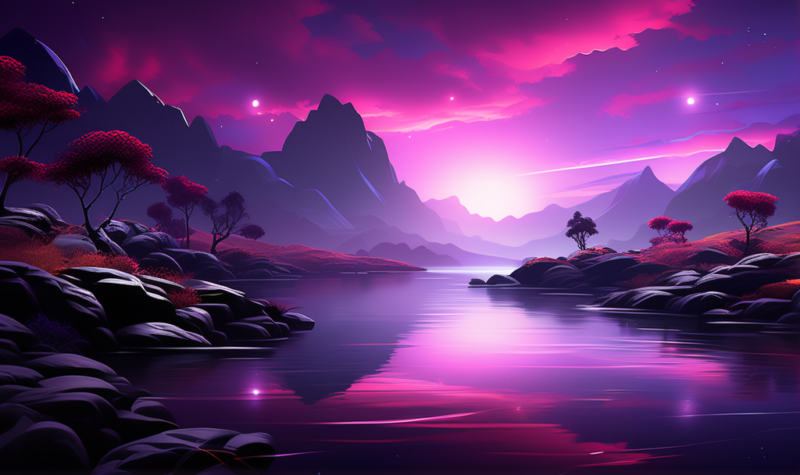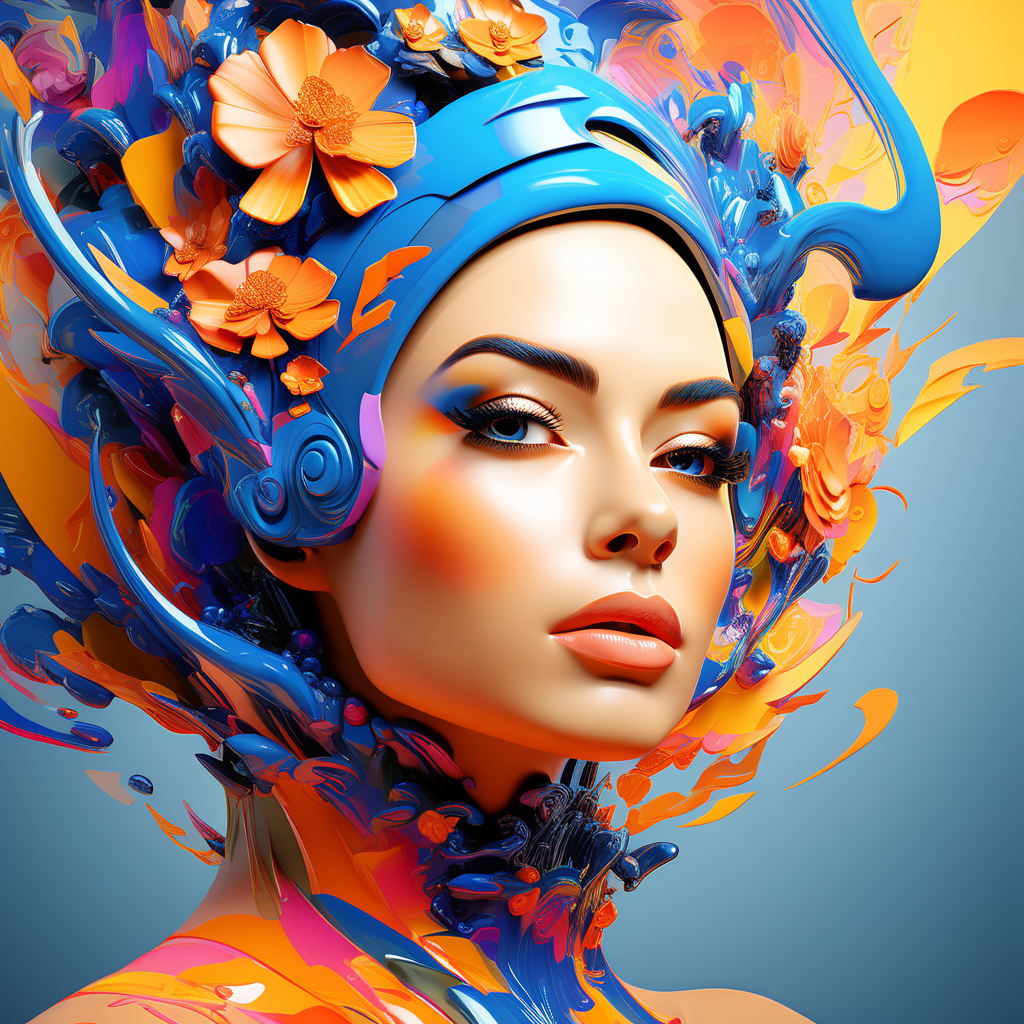Communities around the world use art to teach and communicate their values from one generation to the next. There are many forms of art, and people develop experiences of them at different levels. Artificial intelligence started recently but is already changing the way people present and interact with art. Due to advances in technology, conflict gaps between AI art and human art are widening fast. Nevertheless, AI is useful in enhancing art in a wide range of ways. Its effects are likely to keep growing as time goes by leading to a future where art cannot exist without AI and vice versa.
Interrelationships between evolving art and growing AI
Art started with the earliest human beings before they developed letters and numbers. Few people began to harness their skill of drawing images on stones and wood. It improved after people created ink and paper. Throughout the different generations, art has taken a slow pace to develop, and it’s often expensive. In recent years, computational creativity brought amazing changes. More people now have access to AI, which they use to create amazing artistic creations.
They take advantage of a worldwide audience to find consumers for their creations and to solicit feedback from a virtual network. AI art has proven to be cheaper since it’s done in a virtual environment. Furthermore, AI uses different technologies, such as machine learning art, to improve human-made art. Artists use the art to reimagine and create new projects featuring diverse components. They add text in some and music and visuals in others.
Reimagining classic art might require the designer to sketch the image afresh, using a computer. Some classic arts may contain detailed texts that might require more time to type or convert a picture to text. The simple solution could be to extract text from image on Mac by using a text extractor. The app could be built in Mac, or it may require downloading and installation.
Future trends of AI and digital art evolutions
There have been heated debates about the impact of AI on art in the long term. Some of the experts seek to know if AI can be creative and its influence on art adoption/use. Experts believe that AI and machine learning art have a brighter future. Some of them, including artists, see the technology as a threat to their progress. Regardless of the fears and hopes, AI has an important influence on the future trends of art.
Increased creation of digital art tools. Advances in technology will not stop but will continue to venture into new realms. Each realm will lead to higher innovations and new tools for art.
Immersive art. Creators are already working in simulated environments that drive their imagination to limitless levels. AI and VR power will help artists deliver personalized creations.
AI vs human creators’ collaboration. A new trend is rising where human creators work hand in hand with AI-powered creator tools to provide mind-blowing experiences. AI’s role in this trend is not to replace classical art but to enhance it.
AI-generated creations. Many people today still believe it is not possible to achieve machine learning art. Even as discussions and different schools of thought go on, AI is already shaping the industry in a big way. AI-produced art is currently in use, and it will be the norm in the future.

Can AI replicate human creativity?
Despite the impacts AI has on art, it was developed by people and has its limitations. People can go to the backside of AI tools to help them understand how AI art works. It can bring greater outcomes, unlike the human mind. People have limitations because they have emotions and fears, and they get tired. AI is endowed with excellence for performing programmed tasks. Nevertheless, it lacks the intuition and emotions needed for creating new art that touches people’s feelings and lives.
The reality is that modern AI models are great mimickers of human creations. However, it relies on benchmarks pegged on people’s creativity, and it might never go beyond the commands and algorithms.
Recently, researchers reported that a new Deep-mind AI technology is showing capabilities of learning social skills by imitating humans in real time. They claim the technology doesn’t require programming or to be fed with human data. Many experts believe it is too early to conclude that AI can replicate humans in every detail. The future might evolve and bring with it new technological experiences never expected before. However, based on the current tech advancements, AI cannot replicate human creativity.
Conclusion
Human art has taken several millenniums to evolve. On the other hand, AI has taken just a few decades to evolve yet it significantly impacts human art. It is helping people create more intricate designs in a limited time. Artists can post their creations online to reach out to a worldwide audience. New trends will continue to emerge, including more intricate tools and an increase in the number of AI-generated art. Along with that, artificial intelligence is programmed by people, and its creativity cannot exceed humans.
